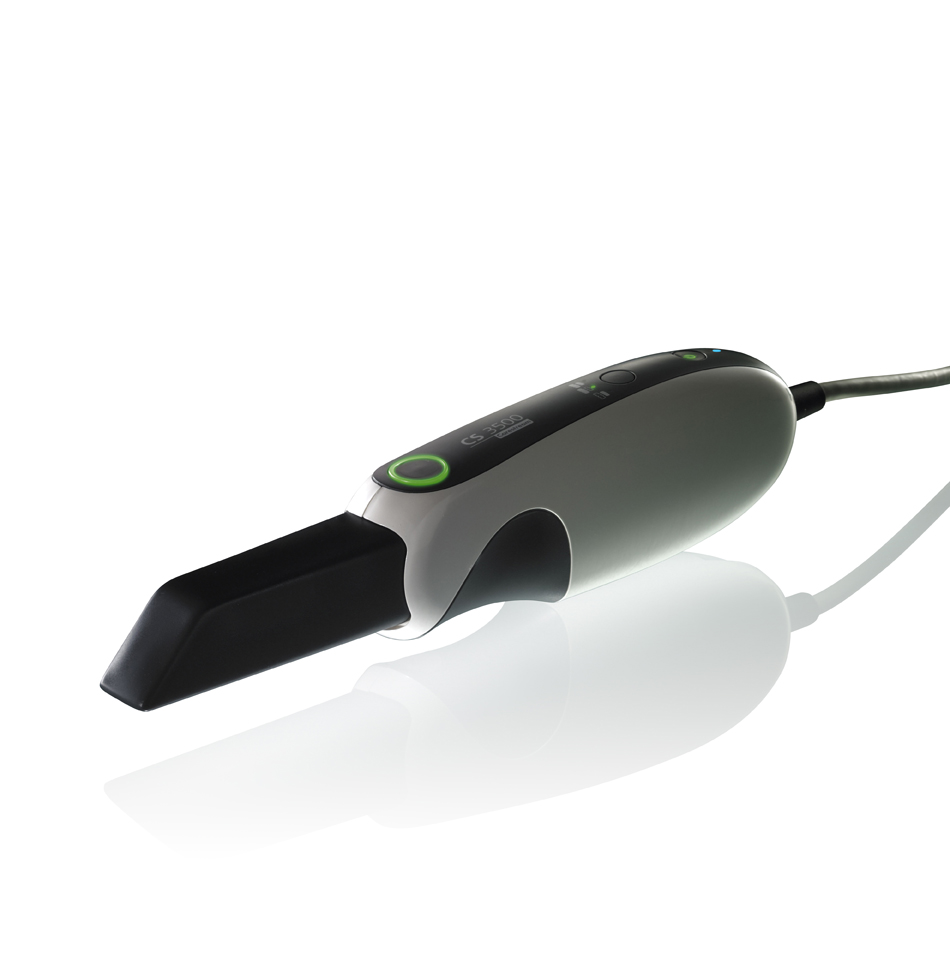Intra oral scanners were seen as something for the future. They are thought of as always being a great idea in theory, but when it came time to actually putting them in your practice, most doctors hesitate. New technology is scary, plain and simple, but it is also exciting. There is way too much information out there that it will make your head explode and there are a variety of different scanners on the market that it’s hard to choose which one will best fit your practice. Before we get into the whats, the hows, and the costs, we must first talk about the whys.
So why does your practice need an intra oral scanner and why should you invest in one? Today’s world revolves around convenience, ease of use, and how fast can I get something. A scanner allows for all of those to happen. What is the first thing you think of when you think about buying a scanner? The answer is, “I wouldn’t have to take impressions anymore,” but it’s not just never having to take an impression again, its all the other things you get to eliminate from having to take an impression. No more impression materials, you don’t have to keep them in stock and you don’t have to waste you or anyone else’s time ordering them. No more mixing tips, you don’t have to worry about how long the impressing has set in the patients mouth or how long until you can pour it. You would never have to pour an impression again and no more plaster mess in the office. The most important aspect for you and your patient would be not having to take a second impression. You can see on the screen instantly what your preps and margins look like. No more bad impressions and having to call your patient back in. All of these things are nuisances that can being taken care of by using an intra oral scanner.
Accuracy is probably the most important aspect of the debate between to scan or not to scan. Intra oral scanner range between the 10-30 micron range for accuracy consistently. Consistently is a key word here, every time you use your scanner it is going to work the same way. You scan the prep and adjacent teeth, then you scan the opposing, and finally you scan the bite. There are not many variables when using a scanner, what you see is what you get. Taking a traditional impression is a different story. They are many different variables to consider.
Impression materials are not an exact science. The temperature in the office will cause the impression to expand more or less, faster or slower when it is hardening. This changes the accuracy right when you begin. Set time in the patients mouth needs to be precise but often times is taken out to early leaving behind distortion. After taking an impression it needs to be disinfected, when this happens the liquid can get inside this impression through porous sections where it was not mixed correctly. Finally we get to pouring the impression and the model stone needs to be weighed and measured precisely again. This again has a dramatic effect on the expansion rate of the stone. After it hardens it needs to be trimmed and by grinding on a wet model grinder could cause more expansion. All of the above information shows how many variables go into creating a crown out of a traditional impression. If one thing goes wrong, the case will not be accurate and the patient will have to come back to the office after taking more time off of work and take a new impression. Most people say happy wife, happy life. Well I say happy patient, happy life. (don’t tell my wife I said that)
Intra oral scanning is already here, its time to take the bull by the horns and bring this exciting technology into your office. In the next blog, we will discuss which scanner is best for your office. Stay tuned

